Heeeyho Readers! Do you like to fabricate?
Fabricating stuff feels great. I've always been a fan of taking the most use of what we have available (tools, materials, knowledge, etc). Isn't that the definition of technology? The problem today is: We have so much available — in a broad meaning —, that we are unable to achieve full potential. Think of a smartphone, for example, with multiple apps and functions and gadgets and etc. We can have the latest, most powerful phone there is and it's never enough, yet, I bet we don't use the maximum they have to offer.
I once heard that 16th century explorers were more technological advanced than us. You see, they could employ knowlege and use manual tools to build incredibly complex boats, and, then, go around the world using even more complex navigations methods. They mastered the available resources.
Thinking that way, it maybe explains the amazing sense of fulfillment whenever we fabricate something with our hands. Anything, simple or complex. No artificial intelligence can replace our manual abilities (at least that I know of); if it ever do, we'll lose our meaning.
So, today I went back to basics to fabricate a simple sleeve to fit the monstercross seatpost. Again... dimension incompatibility between new parts and old frame that needed to be sorted.
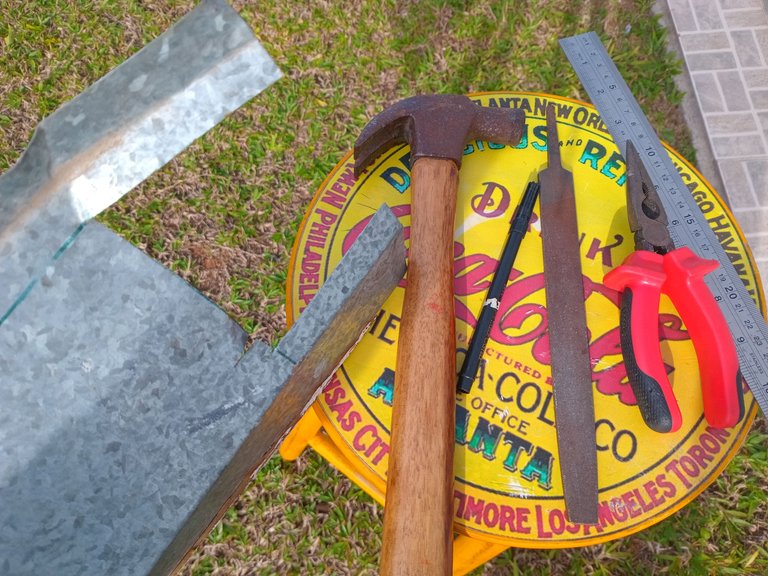
As you can see, there's a 1mm gap between the seat tube and the seatpost. Frame measures 26,4mm; seatposts in that dimension are rare and generally expensive. The solution is to use a 25,4mm seatpost and insert a sleeve to take out the gap. Sleeves are pretty common, though I found none for 26,4mm -- most common seatpost diameters today are 25,4 - 26,8 - 27,1 - 28,6 - 31,6.
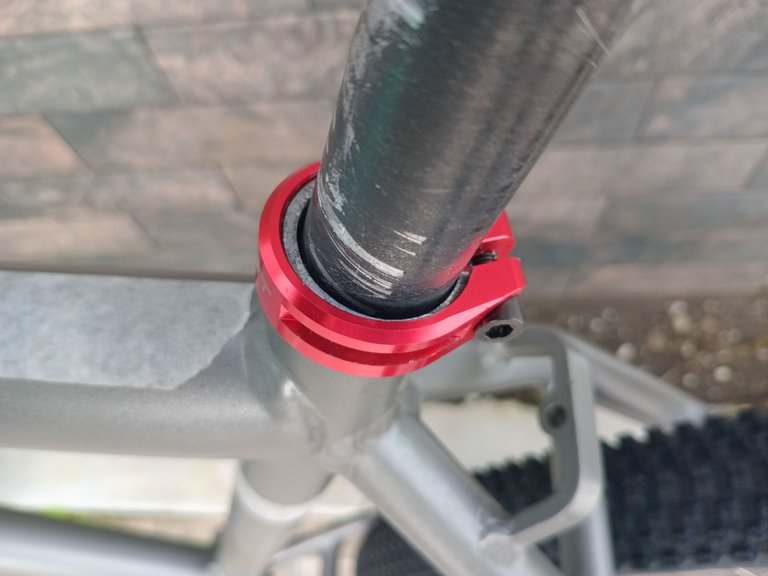
If our gap is 1mm in diameter, the sheet metal should measure 0.5mm in thickness — preferably non-corrosive materials. By pure luck, I found a piece of galvanized steel leftover from our neighbor's roof work. Perfect! I cut a square of ~80mm (perimeter of 25,4mm) by 100mm of length. The rest is metal shaping and filing the edges.
Needle nose pliers is used to bend the edges to create a stopper, so the sleeve doesn't fall into the seat tube. See the result below.
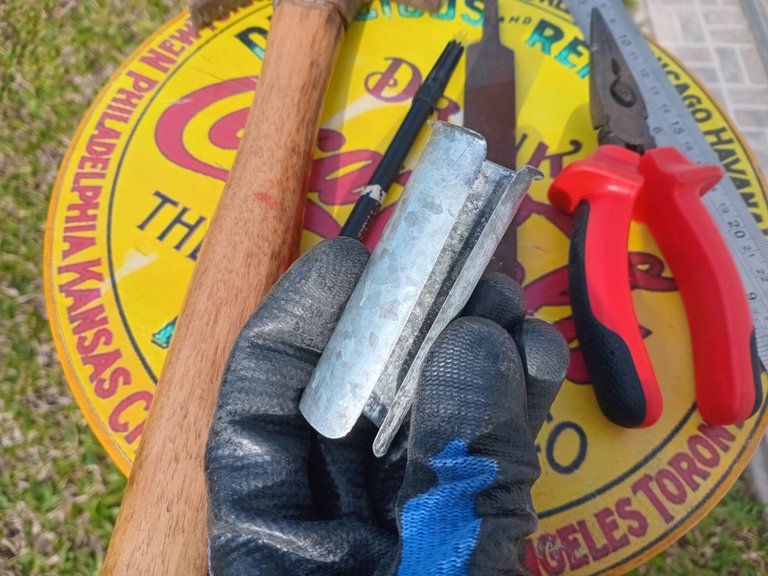
Now we can use a common 25,4mm seatpost on a 26,4mm vintage frame. The sleeve goes into the frame, then goes the seatpost. A normal seat clamp secures the seatpost.

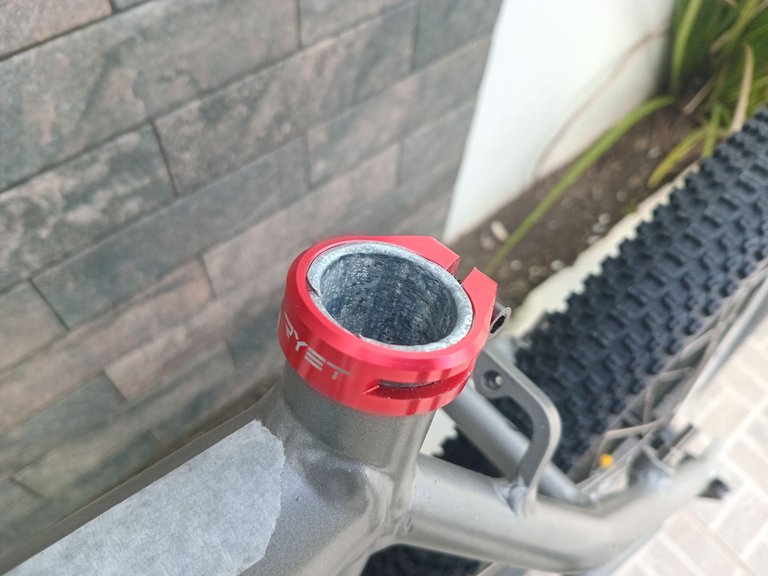
Nobody will ever know that there's a sleeve in there, but... we can't call it done without adding a bit of protective paint. Not needed, but much appreciated. yes, it will scratch.. who cares, at least it's protected.
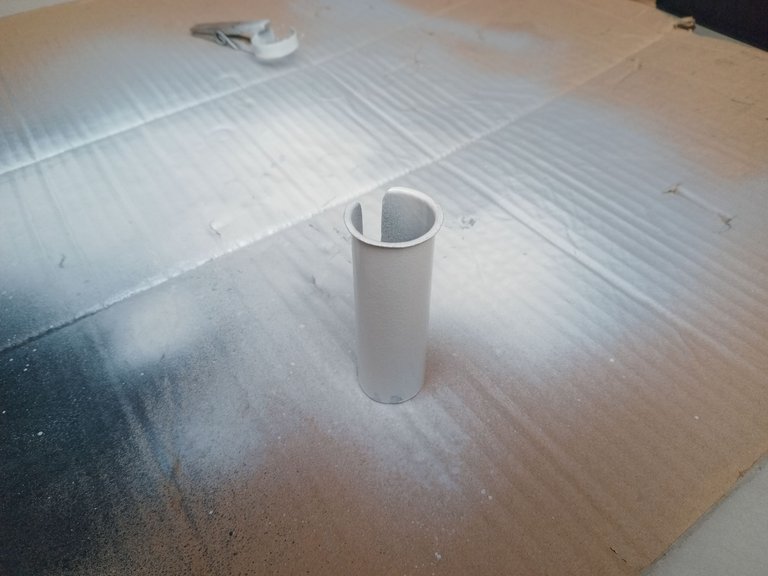
I'm gonna wait 'till the final assembly to insert the sleeve into the frame; once it's in there, it won't leave. The final result you see below is after applying a primer coat, white paint, and gloss varnish. None of that is necessary, but will make the piece more durable.
This kind of sleeve is also used to fix creaky seatposts. Sometimes a sleeve as thin as a soda can solves the problem. Actually, that's a broadly used technique in the industry to fix all sorts of parts.
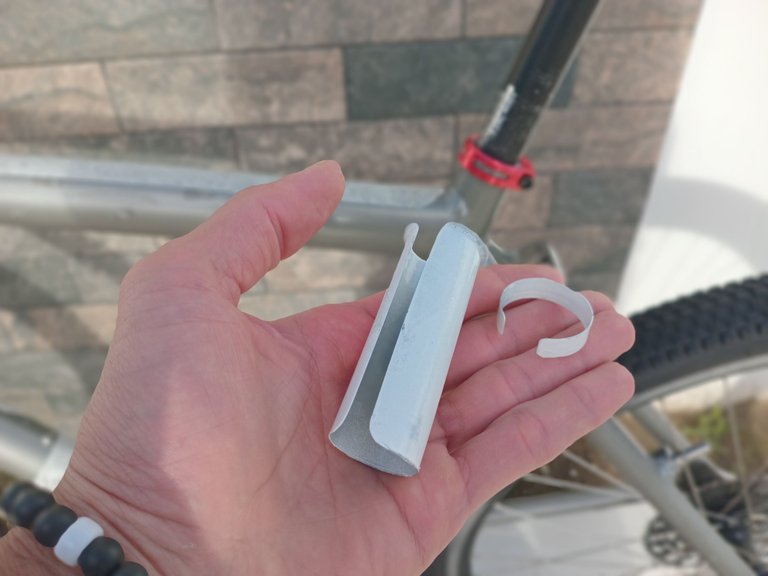
Not a grand update, but one that made me think about our relation with manual tasks and how having so much available impacts our way of dealing with problems.
Do you think the immense amount of information, tools, techniques, or tutorials help or limit our ability to think by ourselves?
Do you think AI will ever be able to replace us? If so, will we lose our meaning in life?
I'd love to know your thoughts.
Peace.
If you enjoyed this post consider leaving your upvote for a hot coffee.
Find me on Twitter: https://twitter.com/mrprofessor_
~Love ya all,
Disclaimer: The author of this post is a convict broke backpacker, who has travelled more than 10.000 km hitchhiking and more than 5.000 km cycling. Following him may cause severe problems of wanderlust and inquietud. You've been warned.


